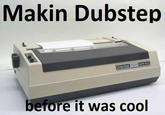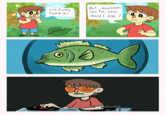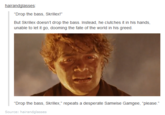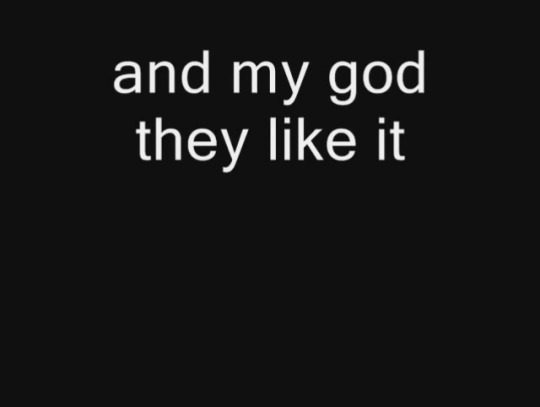Dubstep
Confirmed 205,383
Part of a series on Electronic Dance Music (EDM). [View Related Entries]
Dubstep
Part of a series on Electronic Dance Music (EDM). [View Related Entries]
[View Related Sub-entries]

About
Dubstep is a genre of electronic music originating from South London in the late nineties. Although it is rather difficult to define, it is generally characterized by a slow tempo, repetitive low-key beats, heavy emphasis on "wobble" bass lines and hard hitting drum patterns. (Modern dubstep is usually played at 140 BPM, beats per minute)
History
Dubstep began in South London, and derived from "dub," a type of reggae-influenced music which involves taking other songs and "dubbing" over them to create new music with an emphasis on drum and bass. The "step" comes from "2-step garage" music, a genre that had been popular in London dance clubs since the mid-nineties.[11] 2-step garage (which is always spelled with the number) has many similarities to dubstep, including the irregular beat pattern and pulse that the latter is known for.
The style of music developed in London's club scene in the early 2000s, and evolved into its current form throughout the decade. The phrase "dubstep" first came into mainstream usage in 2002, as the genre became more refined and distinguished in comparison to its predecessor genres like dub and drum and bass. Following its rise to mainstream popularity, dubstep's distinctive musical patterns became more exaggerated, with the beats becoming louder and more abrasive. The form has still retained its basic traits, however, including the relatively simple beats and the prominance of base and drum patterns.

Popularization
Though the genre had seen limited popularity in its early days, it did not see widespread acknowledgement until the mid 2000s. Dubstep received one of its first acknowledgements from the mainstream media in 2005, when the BBC did a documentary[1] on the genre, which it accompanied with an article:
Each of the [musicians] are keen to stress that dubstep did not happen overnight. As with so many “new” dance genres, it evolved in increments, imperceptibly over time. It was born around the millennium, in the margins of the capital – places like Croydon’s Big Apple record shop where producers like Hatcha, Benga and Horsepower Productions became attracted to the sparser, dub end of UK garage; pirates like Rinse FM, where DJ Youngsta debuted aged 13, and any number of bedrooms illuminated by PCs running Fruityloops.
From 2007 to 2009, dubstep saw an increasing number of celebrity endorsements – including those from Britney Spears, Rihanna, and Xzibit. In July of 2011, the dubstep single "Louder" by DJ Fresh was the first in the genre to hit number one on the UK charts. It remained in the top 10 for six weeks.
Reception
The genre has had a very strong online presence. Sites like GetDarker,[2] Dubstep Canada,[3] and Dubstep Friday,[4] have provided online gathering places, news, and content to the genre's growing fan-base. Other music sites outside the specific fandom have also covered the genre's growth.[5] The website dubstep.net[12] also contains over 1800 songs as of June 2012. Many artists also share their creations through Soundcloud.[13] [14]
The genre's signature repetitive bass, or "wobble bass", have made it a common target of online parody. Satirists will often use the onomatopoeia "wub wub" over and over again to simulate the sound. The Encyclopedia Dramatica's entry[6] being a good example. The repetitive beat has also been compared to rave music, which has often had its beats described with the onomatopoeia "oonse" or "untz."


In addition to "wub" and its variations, the phrase "drop a bass" or "bass drop" – which in dubstep refers to a loud, low frequency bass note[7] – has also been incorporated in several jokes and images, either making fun of dubstep or simply referencing it.

The infrequent lyrics featured in some song are also a subject of parody. Dubstep songs usually contain one phrase that is repeated over and over, in a usually robotic voice.

Due to the slow tempo, the genre doesn't have a specific style of dance to go along with it like other electronic music genres such as house and trance. Many people have posted videos showing attempts to dance to a dubstep song. Some of these also parody dancing to dubstep, this by for example taking random videoclips and playing dubstep on the background.
Dubstep Remixes
Aside from original dubstep creations, there are numerous recreations of songs that feature dubstep elements: deep bass, wobble beats, repetitive lyrics. For more remixes, read KYMdb – Dubstep Remixes.
External References
[1] BBC (via Wayback Machine) – 2005 documentary
[2] GetDarker – Dubstep fansite
[3] Dubstep Canada (via Wayback Machine) – Dubstep fansite
[4] Dubstep Friday – Dubstep fansite
[5] Drowned In Sound – 10 years of dubstep
[6] Encyclopedia Dramatica – Dubstep
[7] Urban Dictionary – Definition of Bass drop
[11] Wikipedia – 2-step garage
[12] Dubstep.net (via Wayback Machine)
[13] Soundcloud – Tagged: 'Dubstep'
[14] Soundcloud – Genre: Dubstep
Recent Videos 179 total
Recent Images 86 total
Share Pin






















Top Comments
pug on toast
Nov 02, 2011 at 09:47PM EDT
The Gecko
Oct 19, 2011 at 09:18PM EDT